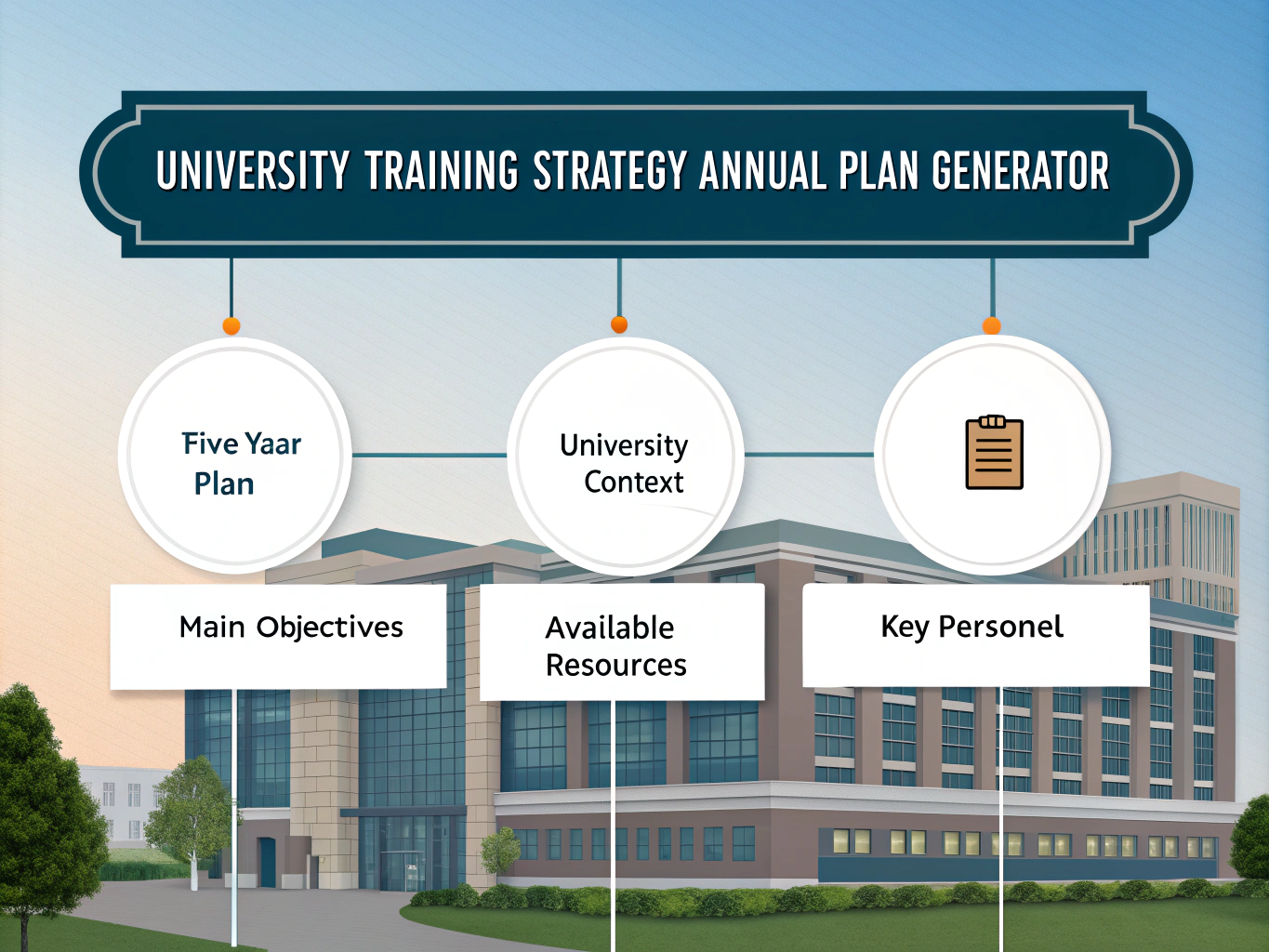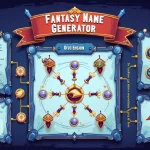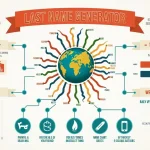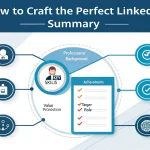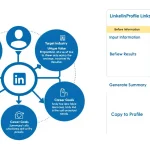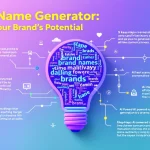Annual Plan Generator for Training Strategy
Is this tool helpful?
How to Use the Annual Plan Generator for Deputyship Training Strategy
Our Annual Plan Generator for Deputyship Training Strategy is designed to help university administrators create a comprehensive and effective training plan. Here’s a step-by-step guide on how to use this tool:
- Five-Year Plan Overview: In the first field, provide a brief overview of your university’s five-year training strategy plan. For example, you might input: “Develop a world-class faculty training program, implement cutting-edge educational technology, and establish a robust research mentorship system.”
- University Context: Describe the specific context and requirements of your university. For instance: “A private liberal arts college with 5,000 students, focusing on interdisciplinary studies and experiential learning, aiming to enhance global partnerships.”
- Main Objectives: List 3-5 main objectives for your annual plan. An example could be: “1. Launch a faculty development program in innovative teaching methods, 2. Implement a student peer-mentoring initiative, 3. Establish a cross-disciplinary research collaboration platform.”
- Available Resources (Optional): Provide an overview of the resources at your disposal. For example: “Annual budget of $750,000, dedicated training team of 5 members, access to advanced e-learning platforms.”
- Key Personnel (Optional): List the key individuals involved in the Deputyship and their roles. For instance: “Dr. Emily Chen (Chief Academic Officer), Prof. Michael Lee (Faculty Development Lead), Ms. Sarah Johnson (Educational Technology Specialist).”
Once you’ve filled in these details, click the “Generate Annual Plan” button. The tool will process your input and create a tailored annual plan for your university’s Deputyship Training Strategy.
Understanding the Annual Plan Generator for Deputyship Training Strategy
The Annual Plan Generator for Deputyship Training Strategy is a powerful tool designed to assist university administrators in creating a comprehensive, actionable plan for implementing training initiatives. This tool takes into account the unique context of your institution, aligning short-term goals with long-term strategic objectives.
Purpose and Benefits
The primary purpose of this tool is to streamline the process of creating an annual training plan that is both comprehensive and aligned with your university’s broader strategic goals. By using this generator, you can:
- Save time and resources in planning
- Ensure alignment between short-term actions and long-term goals
- Create a clear roadmap for implementing training initiatives
- Identify key performance indicators (KPIs) to measure success
- Allocate resources effectively
- Assign roles and responsibilities clearly
Benefits of Using the Annual Plan Generator
1. Strategic Alignment
One of the key benefits of using this tool is ensuring that your annual training plan aligns perfectly with your university’s five-year strategic plan. This alignment is crucial for several reasons:
- It ensures that every short-term action contributes to long-term goals
- It helps in maintaining focus and avoiding drift in strategic direction
- It allows for better resource allocation by prioritizing initiatives that support overall strategy
2. SMART Objective Setting
The Annual Plan Generator helps you create Specific, Measurable, Achievable, Relevant, and Time-bound (SMART) objectives. This approach to goal-setting has several advantages:
- Clarity: SMART objectives leave no room for ambiguity, ensuring everyone understands what needs to be achieved
- Measurability: By defining clear metrics, you can easily track progress and success
- Motivation: Achievable goals set within a specific timeframe can boost motivation and productivity
- Relevance: Ensures that all objectives directly contribute to the overall strategy
3. Comprehensive Planning
The tool guides you through creating a comprehensive plan that covers all essential aspects:
- Executive Summary: Provides a quick overview of the plan for stakeholders
- Detailed Objectives: Breaks down high-level goals into actionable steps
- KPI Definition: Helps in establishing clear metrics for success
- Action Plan: Outlines specific steps, timelines, and resource requirements
- Role Assignment: Clarifies responsibilities for each aspect of the plan
- Monitoring and Evaluation: Establishes a framework for ongoing assessment and improvement
4. Resource Optimization
By considering available resources in the planning process, the tool helps you optimize resource allocation:
- Human Resources: Ensures efficient use of staff and faculty time and expertise
- Financial Resources: Helps in budgeting and prioritizing expenditures
- Technological Resources: Identifies opportunities to leverage existing technology and plan for new acquisitions
5. Adaptability and Flexibility
While providing a structured approach, the Annual Plan Generator also allows for flexibility:
- Customization: Adapts to the specific context and needs of your university
- Scalability: Can be used for small departments or university-wide initiatives
- Iterative Improvement: Includes provisions for regular review and adjustment of the plan
Addressing User Needs and Solving Specific Problems
The Annual Plan Generator for Deputyship Training Strategy addresses several key challenges faced by university administrators:
1. Bridging the Gap Between Strategy and Implementation
Many universities struggle to translate their long-term strategic plans into actionable annual initiatives. This tool solves this problem by:
- Requiring users to input their five-year plan overview
- Guiding the creation of annual objectives that align with the long-term strategy
- Providing a structure for breaking down objectives into specific action steps
For example, if a university’s five-year plan includes “Becoming a leader in online education,” the annual plan might include objectives like “Implement a Learning Management System (LMS) across all departments” and “Train 100% of faculty in online teaching methodologies.”
2. Contextualizing Plans for Specific University Settings
Every university has unique characteristics, challenges, and opportunities. The Annual Plan Generator addresses this by:
- Asking for specific context and requirements of the university setting
- Using this information to tailor the generated plan to the institution’s needs
For instance, a small liberal arts college might focus on “Enhancing interdisciplinary collaboration,” while a large research university might prioritize “Increasing grant funding for graduate research programs.”
3. Setting Measurable Objectives and KPIs
Many training strategies fail due to a lack of clear, measurable objectives. This tool solves this problem by:
- Guiding users to create SMART objectives
- Automatically generating relevant KPIs for each objective
For example, an objective like “Improve faculty research output” would be transformed into “Increase the number of peer-reviewed publications by faculty members by 20% within the next academic year.” Corresponding KPIs might include “Number of articles submitted,” “Number of articles accepted,” and “Average impact factor of publications.”
4. Resource Allocation and Role Assignment
Effective implementation of training strategies often stumbles due to unclear resource allocation and role assignment. The Annual Plan Generator addresses this by:
- Incorporating available resources into the planning process
- Clearly defining roles and responsibilities for key personnel
For instance, if the plan includes implementing a new faculty mentoring program, it might specify that “Dr. Emily Chen (Chief Academic Officer) will oversee the program development, Prof. Michael Lee (Faculty Development Lead) will recruit and train mentors, and $50,000 from the annual budget will be allocated for mentor training and program materials.”
5. Establishing a Monitoring and Evaluation Framework
Many training initiatives lack a robust system for ongoing assessment and improvement. The Annual Plan Generator solves this by:
- Including a dedicated section for monitoring and evaluation in the generated plan
- Suggesting appropriate evaluation criteria based on the objectives and KPIs
- Recommending frequency of assessments and methods for making adjustments
For example, the plan might specify quarterly reviews of KPIs, annual surveys of faculty and students to assess the impact of training initiatives, and a mid-year strategy adjustment meeting to address any challenges or opportunities that arise.
Practical Applications and Use Cases
1. Implementing a Comprehensive Faculty Development Program
Scenario: A mid-sized public university aims to enhance the quality of teaching and research among its faculty.
Using the Annual Plan Generator:
- Five-Year Plan Overview: “Establish a world-class faculty capable of delivering innovative teaching and conducting groundbreaking research”
- University Context: “Public university with 15,000 students, diverse faculty body, focus on both teaching and research excellence”
- Main Objectives:
- Implement a mentoring program pairing junior faculty with experienced researchers
- Establish a Center for Teaching Excellence to provide ongoing pedagogical training
- Launch a grant writing workshop series to increase research funding success
- Available Resources: “$1 million annual budget for faculty development, dedicated team of 3 full-time staff, partnerships with industry experts”
- Key Personnel: “Dr. Sarah Thompson (Provost), Prof. James Wilson (Director of Faculty Affairs), Dr. Lisa Chen (Head of Research Support)”
The generated plan would include detailed action steps for each objective, such as:
- Recruiting and training 50 senior faculty mentors by the end of Q1
- Hosting monthly pedagogical workshops covering topics like active learning and inclusive teaching practices
- Organizing quarterly grant writing retreats with invited speakers from funding agencies
KPIs might include:
- Percentage of junior faculty paired with mentors
- Number of faculty attending teaching workshops and improvement in student evaluations
- Increase in number and value of research grants secured
2. Developing a Robust Online Learning Infrastructure
Scenario: A traditional liberal arts college aims to expand its online learning capabilities in response to changing educational landscapes.
Using the Annual Plan Generator:
- Five-Year Plan Overview: “Transform into a leader in blended learning, offering flexible, high-quality education both on-campus and online”
- University Context: “Small liberal arts college with 3,000 students, limited current online offerings, strong emphasis on personalized education”
- Main Objectives:
- Implement a state-of-the-art Learning Management System (LMS) across all departments
- Train 100% of faculty in online and blended teaching methodologies
- Develop 20 fully online courses across various disciplines
- Available Resources: “$500,000 budget for educational technology, IT department support, partnership with a leading LMS provider”
- Key Personnel: “Prof. Robert Brown (Dean of Digital Learning), Ms. Emily Davis (Instructional Designer), Mr. John Smith (IT Director)”
The generated plan would include action steps such as:
- Conducting a needs assessment and selecting an appropriate LMS by the end of Q1
- Rolling out the LMS in phases, starting with pilot departments in Q2 and achieving full implementation by the end of the academic year
- Organizing a summer bootcamp for faculty to learn online teaching skills
- Identifying high-demand courses for online development and supporting faculty in course design
KPIs might include:
- Percentage of courses using the new LMS
- Number of faculty certified in online teaching
- Student satisfaction rates with online and blended courses
- Enrollment numbers in newly developed online courses
3. Enhancing Research Collaboration and Output
Scenario: A research-intensive university aims to increase interdisciplinary collaboration and boost its research profile.
Using the Annual Plan Generator:
- Five-Year Plan Overview: “Become a top 50 global research institution through fostering interdisciplinary collaboration and increasing high-impact publications”
- University Context: “Large public university with 30,000 students, strong STEM programs, seeking to enhance humanities and social sciences research”
- Main Objectives:
- Establish three new interdisciplinary research centers
- Implement a university-wide research collaboration platform
- Increase external research funding by 25%
- Available Resources: “$5 million research development fund, access to advanced research facilities, dedicated grant writing support team”
- Key Personnel: “Dr. Michael Wong (Vice President for Research), Prof. Laura Martinez (Director of Interdisciplinary Initiatives), Dr. David Lee (Head of Research Computing)”
The generated plan would include action steps such as:
- Conducting a university-wide survey to identify potential interdisciplinary research themes
- Launching a call for proposals for new research centers in Q1, with centers to be established by the end of the academic year
- Evaluating and selecting a research collaboration platform in Q2, with full implementation and training completed by Q4
- Organizing monthly grant writing workshops and providing one-on-one support for large grant applications
KPIs might include:
- Number of interdisciplinary research projects initiated
- Usage statistics of the collaboration platform
- Increase in multi-investigator grant applications
- Growth in external research funding secured
- Number of publications in top-tier journals resulting from interdisciplinary collaborations
Frequently Asked Questions (FAQ)
1. How long does it take to generate an annual plan using this tool?
The time to generate a plan depends on how prepared you are with the required information. Typically, if you have all the necessary details ready, you can input the information and receive a generated plan within 15-30 minutes.
2. Can I modify the generated plan after it’s created?
Yes, the generated plan serves as a comprehensive starting point. You can and should modify it as needed to better fit your specific circumstances or to incorporate additional insights from stakeholders.
3. How often should I create a new annual plan?
It’s recommended to create a new annual plan at the end of each academic or fiscal year. However, you may want to review and adjust your plan mid-year to account for any significant changes or new opportunities.
4. Can this tool be used for departments or units within a university?
Absolutely! While designed for university-wide planning, this tool can be easily adapted for use by individual departments, schools, or units within a university. Simply adjust the scope of your inputs accordingly.
5. How does this tool ensure alignment with our university’s unique mission and values?
The tool takes into account your specific university context and five-year plan overview. By providing detailed information about your institution’s mission, values, and long-term goals, you ensure that the generated plan aligns with your university’s unique characteristics.
6. What if we don’t have all the information requested by the tool?
While it’s best to provide as much information as possible, you can still use the tool with partial information. The generated plan may be less detailed in some areas, but it will still provide a valuable framework that you can further develop.
7. How does this tool help with resource allocation?
By considering your available resources in the planning process, the tool helps you create realistic objectives and action steps. It also highlights areas where additional resources might be needed, aiding in budget planning and resource allocation decisions.
8. Can this tool help with grant applications or accreditation processes?
Yes, the comprehensive plans generated by this tool can be very useful for grant applications and accreditation processes. They demonstrate a clear, strategic approach to training and development, which is often looked upon favorably by granting agencies and accrediting bodies.
9. How does the tool handle competing priorities?
The tool helps you focus on your main objectives for the year. If you input competing priorities, it will structure them into a coherent plan. However, it’s up to you to ensure that your inputted objectives are realistic and achievable within the year.
10. Can we use this tool for multi-year planning?
While the tool is designed for annual planning, you can use it as part of a multi-year planning process. Create an annual plan for each year of your multi-year strategy, ensuring that each year’s plan builds upon the previous one and moves you closer to your long-term goals.
Important Disclaimer
The calculations, results, and content provided by our tools are not guaranteed to be accurate, complete, or reliable. Users are responsible for verifying and interpreting the results. Our content and tools may contain errors, biases, or inconsistencies. We reserve the right to save inputs and outputs from our tools for the purposes of error debugging, bias identification, and performance improvement. External companies providing AI models used in our tools may also save and process data in accordance with their own policies. By using our tools, you consent to this data collection and processing. We reserve the right to limit the usage of our tools based on current usability factors. By using our tools, you acknowledge that you have read, understood, and agreed to this disclaimer. You accept the inherent risks and limitations associated with the use of our tools and services.
